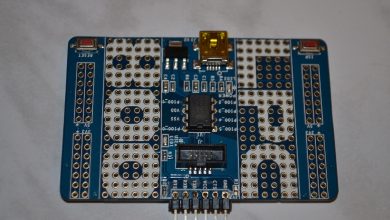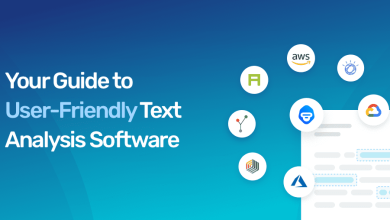5 Reasons Your SAN Storage Solution Isn’t Working as Well

Your SAN storage solution (Storage Area Network) should be one of your most important pieces of infrastructure, yet all too often it is not performing as well as it should. Here are 5 reasons why your SAN might not be meeting your needs:
5 Reasons Why your SAN is not Meeting your Needs
1. You’re using the wrong SAN storage for your workloads. Just as there are different types of storage for different purposes, there are also different SANs designed for different workloads. If you use a SAN that’s not suitable to your workloads. It’s likely that you’re not getting the most out of it.
SANs are designed for specific types of workloads, such as high-performance computing, virtualization, or database applications. If your SAN is not configured for your workloads. You will not be able to take full advantage of its capabilities.
Additionally, some SANs are designed for specific types of storage, such as flash or disk-based storage. If you’re using a SAN that’s not designed for your type of storage. You may not be able to get the most out of your SAN storage solution.
Finally, some SANs are designed for specific environments, such as public clouds or private data centers. If you use a SAN that’s not best for your environment, you may not be able to take full advantage of its capabilities.
2. You’re not using SAN features that can improve performance. SANs have a number of features that can improve performance, such as storage virtualization, deduplication, and compression. If you’re not using these features, you’re not getting the most out of your SAN.
Additionally, some SANs offer caching capabilities that can further improve performance. If your SAN does not have caching capabilities, you may be able to improve performance by adding a SAN cache to your environment.
Finally, some SANs offer the ability to replicate data between SANs. If you’re not replicating data between SANs, you’re not taking full advantage of your SAN’s capabilities.
3. You’re not monitoring your SAN. SANs are complex pieces of infrastructure, and it’s important to monitor them closely to ensure that they’re performing properly. If you’re not monitoring your SAN, you may not be aware of potential performance issues.
Additionally, some SANs offer the ability to generate reports that can help you identify potential problems. If your SAN does not offer this capability, you may be able to find a third-party solution that can help you with SAN reporting.
Finally, some SANs offer the ability to send alerts when certain conditions are met. If your SAN does not offer this capability, you may want to consider a third-party solution that can help you with SAN monitoring.
4. You’re not keeping your SAN up to date. SANs are complex pieces of infrastructure, and they require regular maintenance in order to keep them running properly. If you’re not keeping your SAN up to date, you may be missing out on important security updates or performance enhancements.
Additionally, some SANs offer the ability to upgrade SAN software remotely. If your SAN does not offer this capability, you may want to consider a third-party solution that can help you with SAN maintenance.
Finally, some SANs offer the ability to schedule SAN maintenance. If your SAN does not offer this capability, you may want to consider a third-party solution that can help you with SAN maintenance.
SANs are complex pieces of infrastructure, and they require regular maintenance in order to keep them running properly. If you’re not keeping your SAN up to date, you may be missing out on important security updates or performance enhancements.
Additionally, some SANs offer the ability to upgrade SAN software remotely. If your SAN does not offer this capability, you may want to consider a third-party solution that can help you with SAN maintenance.
Finally, some SANs offer the ability to schedule SAN maintenance. If your SAN does not offer this capability, you may want to consider a third-party solution that can help you with SAN maintenance.
5. You’re not using SAN management tools. SANs are complex pieces of infrastructure, and they require special tools for managing them effectively. If you’re not using SAN management tools, you may be missing out on important features or capabilities.
Additionally, some SANs offer the ability to manage SANs remotely. If your SAN does not offer this capability, you may want to consider a third-party solution that can help you with SAN management.
Finally, some SANs offer the ability to generate reports on SAN usage. If your SAN storage solution does not offer this capability, you may be able to find a third-party solution that can help you with SAN reporting.
Conclusion
SANs are complex pieces of infrastructure, and they require special care and attention in order to keep them running properly. If you’re not using the right tools or following best practices, you may be missing out on important features or capabilities. By following the tips in this blog post, you can ensure that your SAN solution is working as well as it should.
Do you have any other tips for SAN management? Share them in the comments below!


